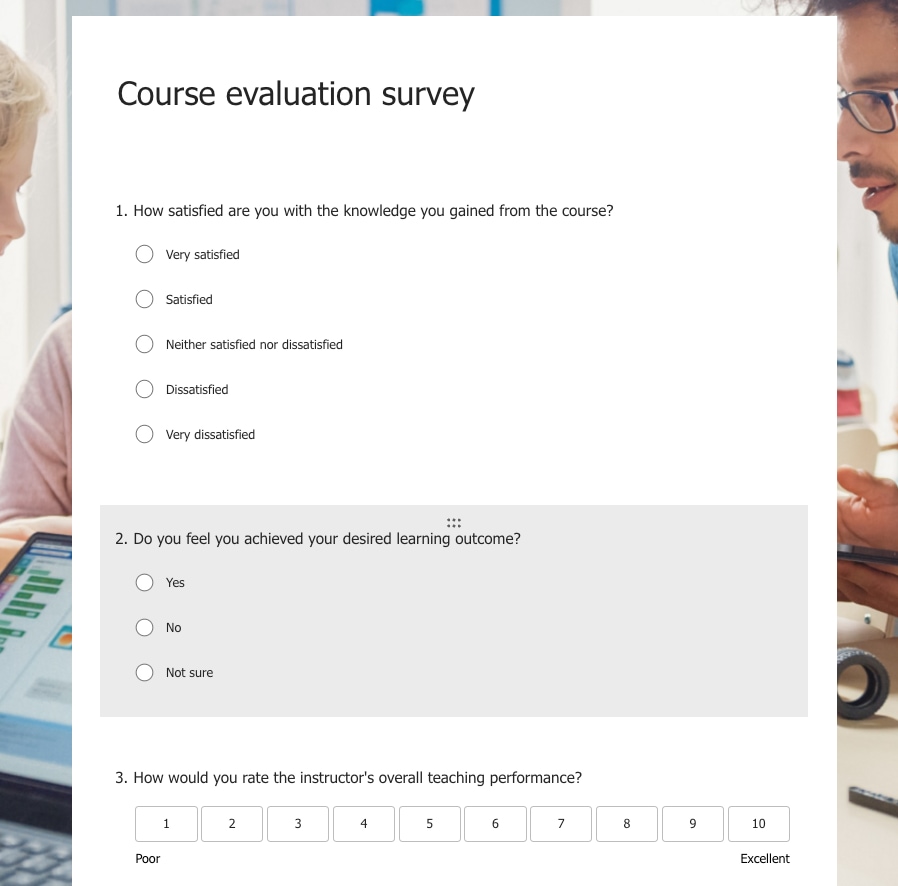How to measure the impact of your teacher CPD courses
One way to measure the impact of your CPD courses is to use the Kirkpatrick model.
Donald Kirkpatrick first published his ideas about training evaluation in 1959 and then wrote about them in more detail in his 1975 book Evaluating Training Programmes. His ideas continued to develop over the years and his Evaluation Model has become one of the most popular ways to evaluate the impact of any training programme.
In simple terms, Kirkpatrick’s model consists of just 4 levels - Reaction, Learning, Behaviour and Results. Here’s a brief description of each level:
-
Reaction - measure what the learner thinks about the training (and the trainer). Did the learner understand the objects and was the training useful?
-
Learning - this is more about measuring or assessing what the learner actually learned.
-
Behaviour - what does the learner do differently after the training? This gets harder to measure and sometimes trying to evaluate behaviour change reveals organisation issues.
-
Results - what are the actual organisation benefits? What in the end did the training deliver? Perhaps the training increased sales, increased productivity or improved student attainment.
Kirkpatrick’s model and teacher CPD
Kirkpatrick’s model isn’t perfect but it does give us a framework that helps us think about the way we collect and interpret data about our CPD courses. It shouldn’t be that difficult in a school context to apply and use the Kirkpatrick model to evaluate teacher CPD courses.
Let’s look at an example.
What about a course like ‘Managing Behaviour for Learning’? You want to develop the course and then deliver it face-to-face to a group of teachers on an INSET day.
To evaluate the impact of the your CPD course you could:
-
Reaction - ask your teachers to complete a short online survey. Use the same survey for each CPD course you deliver so you can compare reactions to different courses. Keep it simple and use a Google Form or Microsoft Form (free with Office 365). You don’t need a dedicated online survey tool.
 Microsoft Forms comes with a course survey template
Microsoft Forms comes with a course survey template -
Learning - ask the teachers to complete a short online quiz. Test their knowledge and understanding. Again, keep it as simple as possible. You can do a short multiple choice quiz that is auto marked. Be clear that you’re not measuring teacher performance; you’re interested in how effective the training was.
-
Behaviour - sounds harder to measure, but it can be done. Sample the teachers who attended the course. Wait a month and then ask them if they changed the way they teach because of something they learned on the course.
One possible outcome is that they tell you they can’t use what they’ve learned because of a lack of time, workload or other problems. That’s good feedback because it’s important to identify organisation issues that limit the effectiveness of your CPD offer.
-
Results - again a bit harder to measure, but still not impossible. One thing that helps is to define the measurable outcomes before you start to develop the training course.
Identifying measurable outcomes before you develop the training is a bit like a concept in the software development world called test driven development. Here software requirements are turned into test cases before any software development happens. You devise the tests the new software must pass before you develop the software.
Are there some things you could measure that would suggest student behaviour has improved for teachers who completed the course? Perhaps you could:
- Survey a sample of student before and after the course
- Look at the change in things like the number of detentions, rewards etc.
- Spot improved grades/marks from students who are known to be difficult to teach.
And if you can’t measure it then you could combine it with the Behaviour level and ask the teachers if they think there’s been a noticeable improvement in student behaviour.
At this point we should emphasise that it is important to be pragmatic. Not every training course is a perfect fit for the Kirkpatrick model. And it might be that you can’t find a sensible way to measure outcomes in the Results level.
Collecting data should be easy
Finally, it’s worth thinking about the data you can collect. We don’t think you should collect data you don’t use and you should only use data if there’s some insight you can find that justifies all that time spent on data collection, management and analysis.
The good news is that with tools like Google Forms (free), Microsoft Forms (included in Office 365) and Microsoft Power BI (or MS Excel) you can do some very simple, but effective data collection and analysis that will help you identify training courses and approaches that work (or don’t) and then share your insights - as interactive reports - with colleagues.
Related Posts
What makes a really good CPD programe for teachers?
5 ways an online course booking system could benefit your organisation
